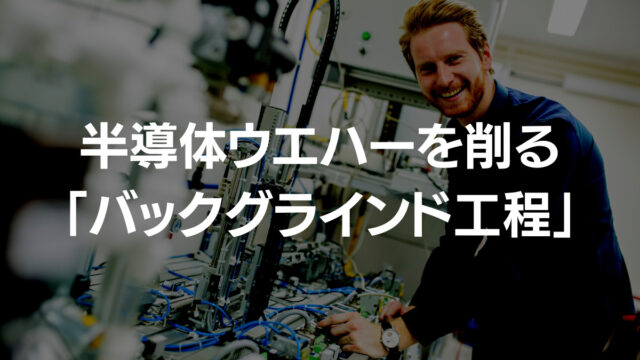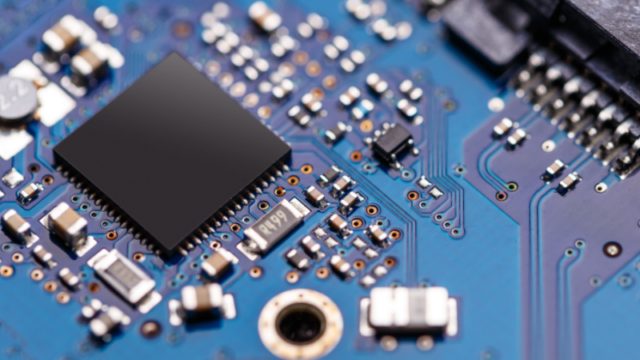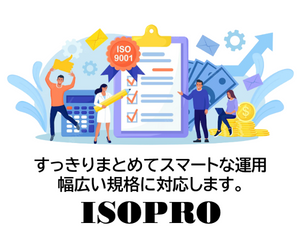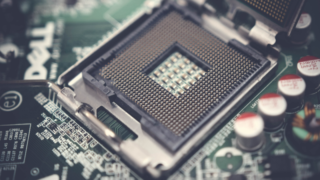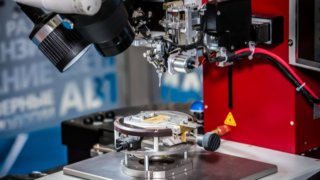The Backgrinding Process: A Key Step in Semiconductor Wafer Thinning
In the pursuit of increased productivity in semiconductor device manufacturing, silicon wafers have evolved from 150mm to 200mm, and now commonly to 300mm in diameter. This increase in size, known as large-diameter wafering, presents challenges in maintaining wafer strength.
To ensure mechanical integrity in larger wafers, the thickness has gradually increased. Think of it like holding a piece of paper: a thin sheet droops easily, while a thicker one maintains its shape. This increased thickness allows for better handling during processing.
However, users of semiconductor devices strive for high-density mounting, and thinner wafers are ideal for this purpose. This creates a conflicting need: thicker wafers for processing, thinner wafers for application.
To meet this demand, semiconductor manufacturers must thin the wafers after processing. This is where the backgrinding (backside grinding) process becomes crucial.
What is Backgrinding?
Backgrinding involves grinding the backside of a silicon wafer to reduce its thickness. The process typically works as follows:
The front side (circuit side) of the wafer is protected with a protective sheet.
The wafer is set on a large rotating table.
The wafer undergoes planetary motion while a diamond wheel grinds its backside at high speed.
Water coolant is used to dissipate the heat generated by friction.
Backgrinding Process Steps:
Thinning isn’t a one-step process. To minimize defects, backgrinding typically involves three steps:
STEP 1
Rough Grinding: This initial step removes a significant portion of the wafer’s thickness.
STEP 2
Finish Grinding: This step refines the surface and removes the damaged layer left by rough grinding. This damaged layer, known as the “work-affected layer,” has residual stress that can lead to cracks later in the process.
STEP 3
Polishing: This final step creates a smooth, polished surface and further removes any remaining work-affected layer, minimizing the risk of future defects.
A challenge in backgrinding thin wafers is the potential transfer of surface irregularities from the circuit side to the backside. This requires careful control of the process.
Challenges and Solutions in Backgrinding:
Warpage Control: A 300mm diameter silicon wafer used for ICs and memory typically starts around 1000μm (1mm) thick and is ground down to about 350μm (0.35mm). Below 300μm, warpage becomes a significant concern.
During semiconductor fabrication, wafers undergo various processes that induce stress, including compressive stress and tensile stress. The wafer’s front side (circuit side) is generally engineered to have compressive stress upon completion. This is because tensile stress on the front side makes the wafer prone to cracking even with minor scratches, potentially leading to significant losses.
However, thinning a wafer with existing compressive stress can cause the front side (circuit side) to warp inwards. This can create issues in subsequent processes like chip mounting and bonding. Even if mounted, warpage can affect heat dissipation and lead to bonding issues due to tilted terminals.
To mitigate warpage, several approaches are used:
Grinding with Wafer Bonded to Glass Substrate: Similar to double-sided tape, the wafer’s circuit side is protected and bonded to a glass substrate before grinding. This approach can handle extremely thin wafers but requires glass substrate preparation and maintenance.
Grinding with Thick Protective Tape: A thick protective tape is applied to the wafer’s circuit side before grinding. This is a more cost-effective solution.
Edge Treatment: Thinning also impacts the wafer’s edge. Grinding can expose the underlying silicon, making the beveled edges brittle and sharp. This can lead to chipping, cracking, and breakage.
To address this, edge treatment is often performed before backgrinding. Common methods include:
Mechanical Removal: Using a dicing saw to remove the wafer’s outer edge.
Chemical Etching: Precisely etching away only the edge of the wafer.
Wafer Handling: Thin wafers are fragile and require careful handling during transport within the factory. Specialized carriers and handling tools are essential to prevent breakage, minimizing losses from damaged wafers.
Ideally, the backgrinding process and subsequent steps should be carried out within the same facility to minimize handling and the risk of damage during transport.
Alternative Thinning Methods:
Besides backgrinding, chemical wet etching can also be used to thin wafers. This involves immersing the wafer in a chemical solution to etch away silicon. While it avoids the work-affected layer associated with mechanical grinding, chemical etching is less efficient for removing large amounts of silicon. Therefore, it’s sometimes used as a final polishing step after backgrinding. Dry etching is another possibility, but the high power consumption makes it less practical.

